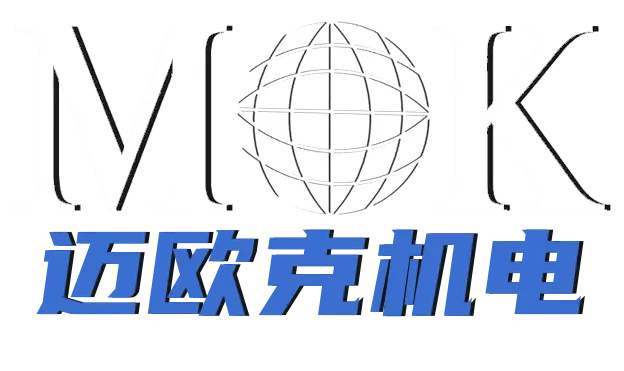Introduction:
When using CNC vertical machining centers, it is important to ensure that certain conditions are met to maximize their performance, accuracy, and reliability. In this article, we will discuss the four key conditions that must be considered when utilizing CNC vertical machining centers.
1. Selection of Environmental Requirements:
The environment in which a CNC vertical machining center is placed plays a crucial role in its optimal operation. It is essential to select a location that is away from sources of vibration to prevent any direct impact on the machine. Direct sunlight and heat radiation should also be avoided, as they can affect the temperature stability of the machine and its electronic components. Additionally, moisture and airflow should be minimized to prevent any potential damage. If there are nearby vibration sources, it is advisable to set up anti-vibration measures to maintain processing accuracy, stability, and reliability.
2. Power Requirements:
CNC vertical machining centers are typically used in machine shops where there may be fluctuations in the power grid due to the presence of various electromechanical equipment. It is crucial to ensure that the power supply voltage is strictly controlled and maintained within the recommended range. Power supply voltage fluctuations outside of the specified limits can adversely affect the normal operation of the CNC system, leading to performance issues and potential failures. Therefore, strict monitoring and control of the power supply voltage are necessary.
3. Temperature Conditions:
Maintaining an appropriate temperature environment is vital for the efficient operation and longevity of a CNC vertical machining center. The ambient temperature should be kept below 30 degrees Celsius, and relative humidity should be below 80%. CNC electronic control boxes are typically equipped with exhaust fans or cooling fans to maintain stable operating temperatures for the electronic components, especially the processing unit. Excessive heat and humidity can shorten the lifespan of control system components and increase the likelihood of failures. Additionally, high temperature and humidity, when combined with dust, can cause bonding and short circuits on the integrated circuit boards, leading to malfunctions.
4. Adherence to Manufacturer-prescribed Parameters:
Users should avoid making arbitrary changes to the parameters set by the manufacturer within the control system of the CNC vertical machining center. These parameters are specifically configured to ensure optimal dynamic characteristics and functionality of the machine’s components. It is important to remember that modifying these parameters without proper knowledge and understanding may compromise the performance, accuracy, and reliability of the system. However, certain parameters, such as gap compensation, can be adjusted based on the specific machining requirements and conditions, as permitted by the manufacturer.
Conclusion:
To maximize the efficiency, accuracy, and reliability of CNC vertical machining centers, it is essential to ensure that four key conditions are met: selecting an appropriate environment, maintaining stable power supply voltage, controlling temperature and humidity levels, and adhering to manufacturer-prescribed parameters. By adhering to these conditions, users can optimize the performance of their CNC vertical machining centers, minimize potential issues, and achieve superior machining results.
Post time: Jul-18-2023




